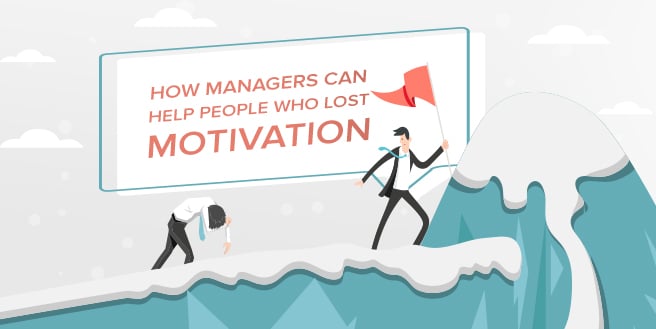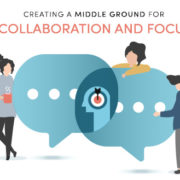Saving a Coworker: How Managers Can Help People Who Lost Motivation

At some point in our career, we meet individuals – sometimes, even groups of people – who lost motivation towards their work. Though we understand the struggle of losing interest, we can’t help but feel frustrated. We find it hard to sympathize with coworkers who become unproductive due to how disengaged they are. We tend to forget what it felt like when we were there and we would often end up being unkind to them, wishing they would just suck it up and snap out of it.
Leaders are prone to falling into this mindset. But what most managers don’t know is that these kinds of approach are usually counterproductive. It’s a band aid solution that ignores the underlying reasons as to why people lose passion for what they do.
The reality is, in order for managements to find the root of the problem, they have to know that it’s crucial to understand the need of humans to feel motivated and to find meaning in the things that they do. It’s simply part of our biology. As a matter of fact, there’s a certain part of our brain commonly known as the seeking system. This specific section creates natural impulses to learn new things and to take challenging yet very meaningful tasks. And whenever this urge is satisfied, we receive a jolt of dopamine – the neurotransmitter responsible for motivation and pleasure – making us want more engagement to these kinds of activities. And, whenever our seeking systems are stimulated, we become more motivated and feel purposeful as well as zestful. We feel even more alive.
In an ideal circumstance, we should be able to freely explore, experiment, and learn – this should be our way of living and working. But the harsh reality is that a majority of us are members of organizations who each have their respective restrictions that prevents us from doing so.
When we’re left in a box with no room for growth and learning, we tend to shut down – a reaction we are engineered to have. It’s our body’s way of saying “we’re meant for better things”. Our brains are basically telling us that we’re wasting our potential.
Activating your employee’s seeking system is one of the biggest keys in bringing back their motivation. The question now is how should managers do it? Surely there are road blocks in the way – many of which are beyond control. Admittedly, it’s almost impossible to ignore these metrics and other bureaucratic red tapes but despite of this, there are ways in which we can stimulate the aforementioned structure without creating too much of a change in the organization.
With three small but significant steps to triggering employee’s seeking systems: encouraging them to play around their strengths, creating opportunities for experiments, and helping them personalize the purpose of their work.
Promoting Self Expression
Philosophers through the decades have emphasized the human mind’s innate drive to showcase their true selves to those around them. Yet despite of this notion, the working industry have ignored our desire for self-expression.
Regardless of the progress we’ve made in our way of working – the rise of remote workers, the growing population of coworking spaces and how the industry is now lauding creativity and innovations – there’s still administrative positions, inflexible roles and standard evaluation systems that creates anxiety instead of excitement.
Allowing talents to think for themselves and utilize their respective unique skills, their seeking systems are activated. They feel more alive when they feel that they have a larger role to play in the company.
Experimenting
Another way of activating the aforementioned system is creating “safe zones” wherein they can experiment, play, and have supportive social bonding.
Not only to these zones elicit positive emotions, it also creates intrinsic motivations that can unleash creativity. Organizations become more agile when they encourage employees to look for new approaches and allow them to test it out as well as letting them learn through feedback sharing.
Research have said that framing change and innovation as an opportunity for experimentation and learning instead of viewing it as a performance situation is actually better.
Greater Purpose and Motivation
The sense of a greater purpose doesn’t just revolve around solving global problems like curing epidemics or changing the world. It can also start with seeing how our input contributes something greater. We find our jobs purposeful when we learn how we affect the team’s progress.












Leave a Reply
Want to join the discussion?Feel free to contribute!